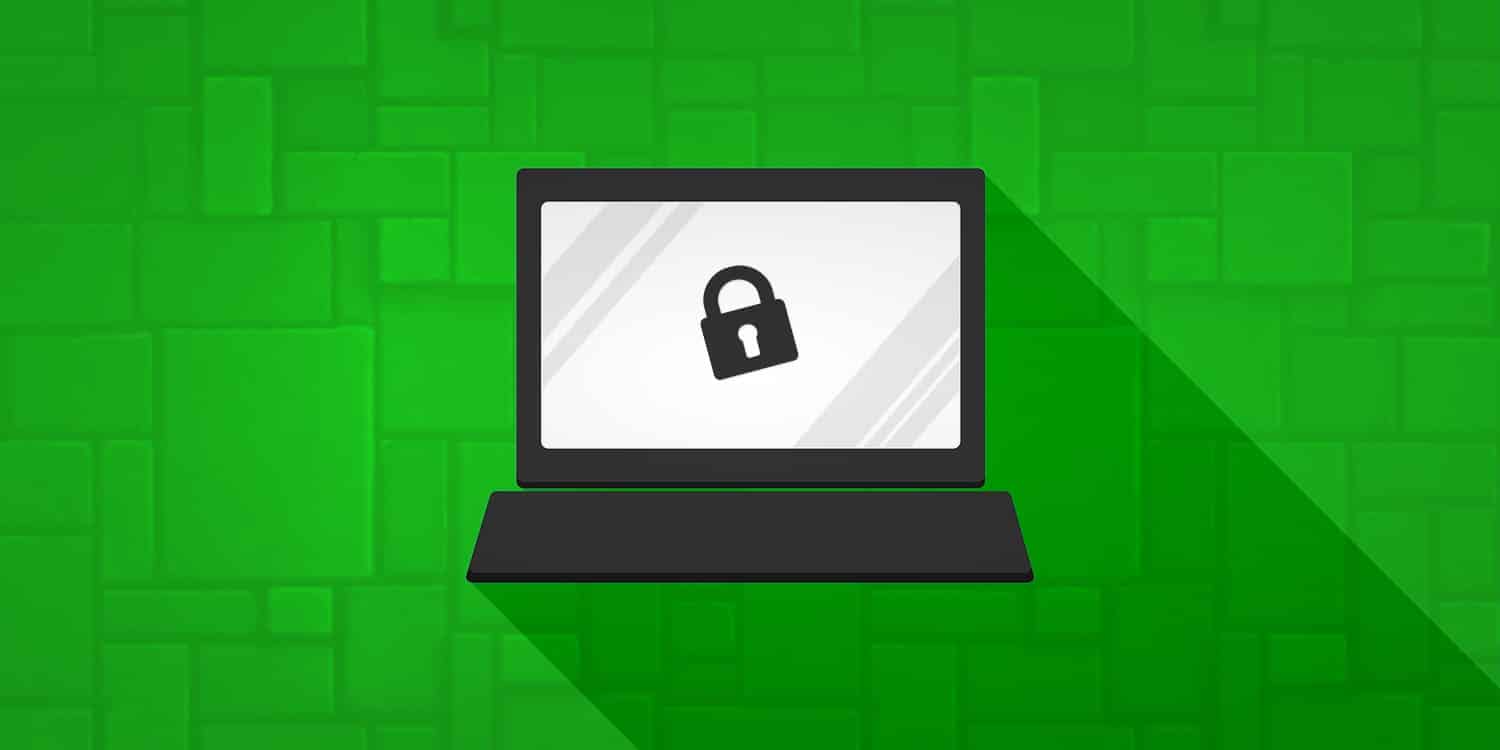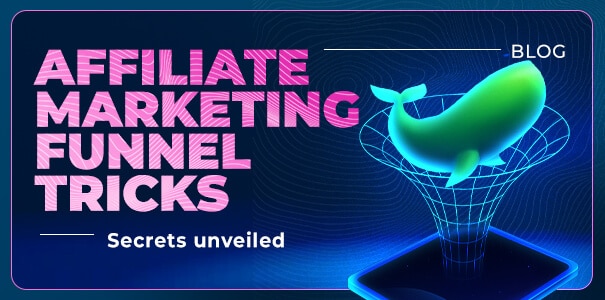Take a gander — look above! Do you see that tiny little padlock symbol in your address bar?
That green padlock means that when a user connects to the website, it automatically uses a channel that encrypts the communications from the user's computer to the website that the user is on.
In short, that padlock simply indicates that traffic to and from the website uses encryption.
More and more sites these days are making the move from HTTP to HTTPS. In March, PornHub and YouPorn announced that they, too, jumped on the HTTPS train.
"As one of the most viewed websites in the world, it is our duty to ensure the confidentially and safety of our users"Brad Burns, vice president of YouPorn
This little lock has now become symbolic for security and credibility.
And for your users—the ones that stumble onto your site with credit card in hand—entering a secured vs. unsecured website can mean a world of difference in consumer confidence for them—and sales and conversions for you.
Concern for user security on the Internet grows stronger each day.
In fact, this European Survey indicated 21% of visitors checked for security indicators every time they visited a web page. We also learned that 48% of individuals are on the lookout for security indicators before ever giving out personal information like simply providing their email.
When it comes to extremely sensitive info, you can bet this number doubles. Concerns about security might be even greater on adult websites where privacy is thought to be more of an issue.
And while your payment page is secure and using HTTPS, don’t forget that every aspect and component of your funnel should be too.
Hesitant to make the transition? Don’t be!
At CrakRevenue, we made the transition from HTTP to HTTPS and we couldn’t be happier with our decision. Our site, platform, and all of our landing pages, pictures and ad tools are encrypted. We wouldn’t want to deprive you of those sweet, sweet conversions.
Safety and peace of mind is key when money’s at play!
Encryption and SSL = boosted rankings
Google, the number one fan of encryption and secure sites, will rank your site better if it’s HTTPS.
As is usually the case with PageRank, the difference can at times be difficult to measure. But if you and another site were tied with respect to other ranking signals -- something as simple as you having the secure site could lead to you outranking them!
HTTPS could be the one subtle distinction you need to thrive in a SEO-keyword-competitive market!
For now, Chrome will display an “i” within a circle for sites that either aren’t secure or offer up more info. If your user isn’t too familiar with HTTP/HTTPS and security certificates—and they aren’t too inquisitive—the various security symbols may not mean much to them at the end of the day.
But things are about to change.
If you needed another argument for encryption, soon Chrome, followed by Firefox, will put a scarlet letter on HTTP sites: Google will soon shame all websites that are unencrypted by putting a rather can't-miss red "x" over the padlock symbol in the address bar for all to see and fear!
Don’t lose track
Are you one to examine every source of traffic in hopes of eventually optimizing and monetizing it? Do you track your results? Are you like all those runners out there that have all those gadgets and gizmos strapped to their already-waaay-too-thin bodies?
Well, we've got news for you… when traffic passes through an HTTP site, it will appear as “direct traffic” in Google Analytics. For example, if you get a loads of traffic to your HTTP site by Twitter, which is encrypted, the referrer data will be lost.
But if you are going from an HTTPS site to another, the referrer is still passed (thankfully!).
The devil is in the details
With encryption, there is no way but the high way. To make your page appear 100% HTTPS, all images and links needs to be HTTPS too.
There is no middle-ground. If your page is only partially secure, your HTTPS site will appear incomplete, with broken links and images. As Trump would say… It’s bad, very bad!
That in itself will play a role on your ranking as well — BIGLY!
So before securing your URL, make sure you did the same previously with the content. No poked holes in your coverage.
All redirects should also permanently lead to your HTTPS URLs.
When you redirect your pages, make sure to use permanent redirects almost exclusively. They are the only reliable way to pass along link juice.
So if you have any 302 redirects, replace them with permanent 301 ones.
Money, money, money…
With all those arguments in favor of encryption, what’s stopping you?
In all fairness though, money has stopped some, If the reason for the delay is financial, you're not alone. A more secure site definitely comes at a price. One that many Webmasters have either been unwilling - or unable - to pay at times.
So far, SSL certificate has been expensive. But now, thanks to project Let’s encrypt, they have been offering free SSL certificates for a year.
If you’ve got money to spend, you could also choose between SSL certificate vendors like GoGetSSL or SSLS.com to compare prices. To help you in your shopping, here is a comparison of different SSL certificate providers. And here, too.
Choose between 3 types of certificates...
- Domain validation
- Organization Validation
- Extended Validation
With organization and extended validation, your company’s name will show in green in the address bar. With the former -- domain validation -- you will only get the green padlock.
Are you ready for the next step?
Ready to make the move from HTTP to HTTPS?
If you would like an in-depth guide to make the move without breaking your site in the process, check out this great article.
What about you?
Have you made the move yet? Will you? Let it be known in the comments below!



